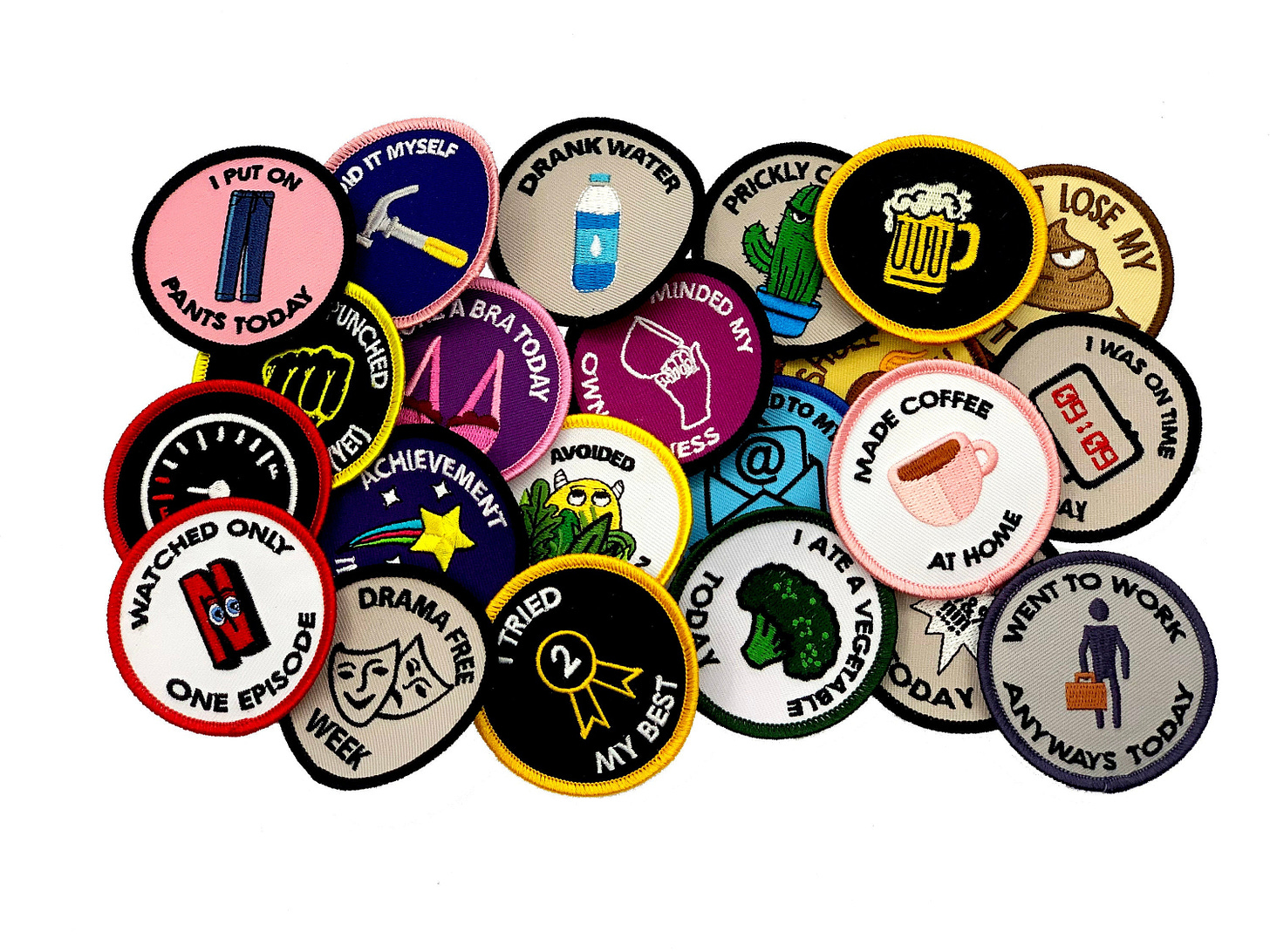The Secret to Professional Development and Training Your Team Will Actually Enjoy
Real strategies for leading impactful PD in your childcare program
You sit down to plan fall professional development and stare at your screen thinking: “Do we need behavior training again? Another child-led lesson deep dive? Something with Pyramid Model? All of it?”
Meanwhile, your team is in the trenches—wiping noses, redirecting toddlers, restocking the glue sticks—hoping that the next PD session actually helps their days run more smoothly.
We all know that we have to fit in the required annual trainings, and those are important. But for the rest of the year, your goal should be to design something that supports your team in the areas where they most want to grow, with content that actually sticks and systems that make it doable. Here’s how to uncover what that looks like at your center.
1. Ask better questions
Instead of “What topics do you want PD on?” ask questions that get to the why behind the need. Try these instead:
What part of your day feels the most frustrating?
What’s something you or your team do well that others might benefit from?
What part of your role do you feel least prepared for right now?
If you could wave a magic wand and learn one thing without sitting through a whole training, what would it be?
Collect answers anonymously on a simple Google Form or ask them in 1:1 check-ins. People often don’t know what to ask for—but they can tell you what’s hard.
2. Gamify Annual Trainings
Instead of treating annual trainings like a checklist, find a way to gamify them! One idea is to turn them into a badge-based system—just like Cub Scouts, but for grown-ups :)
Design fun, themed badges or pins (digital, sticker-style, or a full on badge or pin if you are over the top like me) for each required training:
🔍 Mandated Reporter Badge
👀 Active Supervision Scout
🧼 Clean Routine Pro
💤 Safe Sleep Certified
🧠 Growth Mindset Guru
🗣️ Feedback-Friendly Facilitator
Post a badge tracker in the break room, create digital dashboards, or even offer a “pin board” where staff can see what they’ve earned and what they can still achieve. You can even offer small prizes or public shout-outs for milestone completions (e.g., “5 badges = coffee treat!”).
This approach makes annual training feel more personal, visible, and motivating—while still getting all the boxes checked.
3. Observe with intention
You’re probably already walking through classrooms. Now add one lens: what are your teachers managing that could be supported with a new strategy or tool? Look for moments of stress, missed opportunities, or inconsistent approaches. What shows up across age groups or classrooms? Those trends are often better indicators than anything written on a staff survey.
Then go one step further: talk to the team members who are doing those things well and consider turning their approach into a mini-PD led from within.
4. Use micro-PD to your advantage
Every PD doesn’t have to be an 8-hour sit-and-get, because we all know by hour 4 information is going in one ear and out the other. Instead, try offering micro-PD sessions throughout the month. This approach not only supports better focus and retention on key topics, but it also frees up more time for team connection and collaboration on the days your center is closed for training.
Some ways to deliver micro-PD:
10-minute huddles during nap time
Pulling staff out on a rotating basis for a 1:1 micro training when you are overstaffed (don’t laugh, it happens sometimes!)
Printed one-pagers in the break room
QR codes that link to a video or blog post
A monthly “teacher-to-teacher” spotlight where one staff member shares something that works for them
PD feels more relevant when it’s woven into the week instead of stacked on top of it.
5. Let seasons guide your timing
Map your PD to match the rhythm of the year. For example:
August: Setting expectations, team culture, onboarding
October: Guidance and behavior strategies (as the honeymoon ends)
January: Refresh and realignment, child observations, documentation
April: Transitions, supporting kindergarten readiness, family communication
Your content becomes more meaningful when it matches what staff are already thinking about.
6. Include training tracks and allow them to choose!
Offer two pathways at your next in-service or PD session:
🔹 Option 1: “I want to deepen my practice”
This track is for educators who feel steady in their current role and are ready to stretch a bit. Topics might include:
Supporting executive function through classroom design
Planning observation-based lessons with intention
Building authentic family partnerships
Reflective practice and self-assessment strategies
Leading with Montessori (or Reggio, or Pyramid…) philosophy in action
Give them space to collaborate, problem-solve, and elevate their work beyond the basics.
🔹 Option 2: “I want to troubleshoot something that’s hard”
This track is for educators who are feeling stuck and want targeted strategies. Think:
Redirecting persistent challenging behaviors
Managing transitions without chaos
Getting through circle time without losing the group
Resetting classroom culture mid-year
Supporting new assistants or co-teachers who are struggling
Facilitate this like a problem-solving lab rather then a lecture. Let them talk through real situations and walk away with 1–2 practical next steps.
Remember that your PD becomes your culture.
You can plan the best training in the world, but if your team is burnt out, anxious, or disconnected, none of it matters. So start your sessions with connection, set the tone by explaining why the topic matters, and always leave space to reflect, process, and apply the information. Professional development works best when it’s responsive, relevant, and rooted in your team’s real day-to-day. So good luck and have fun!




